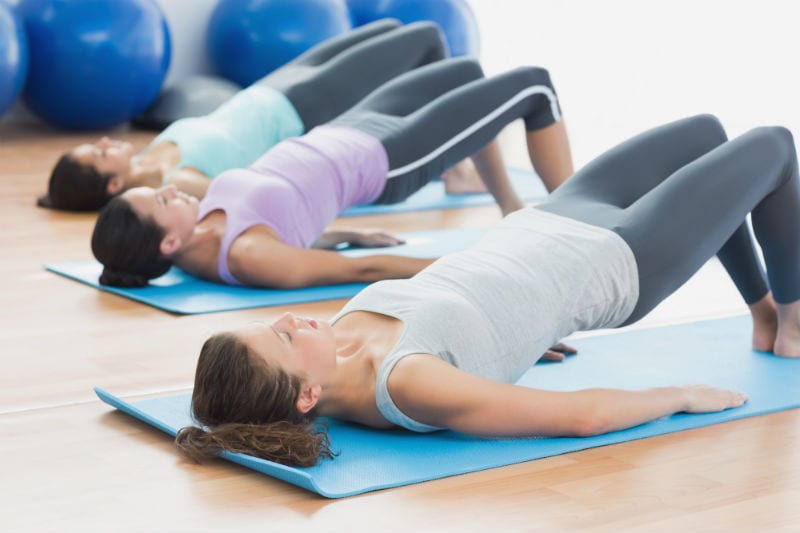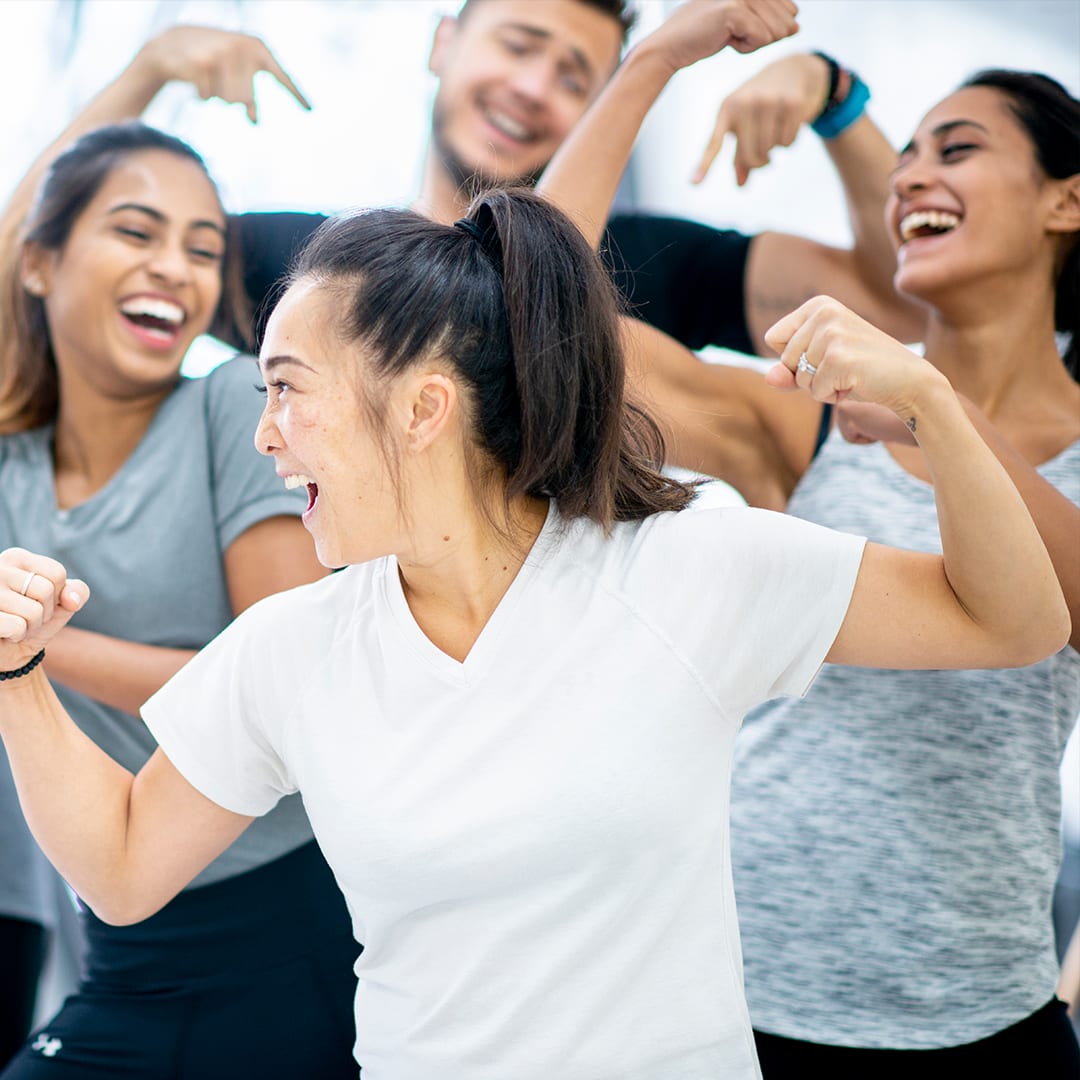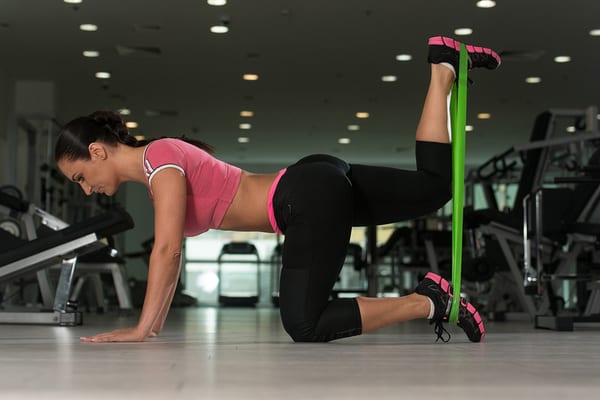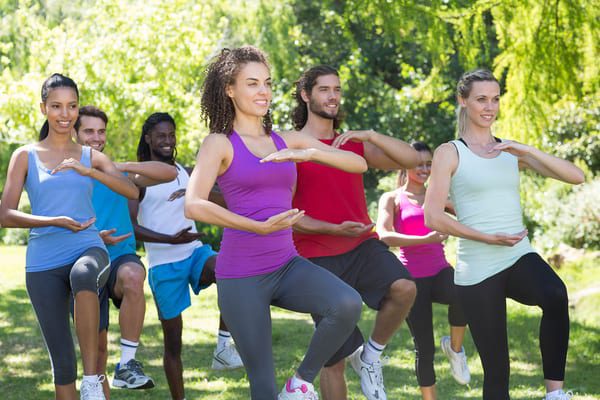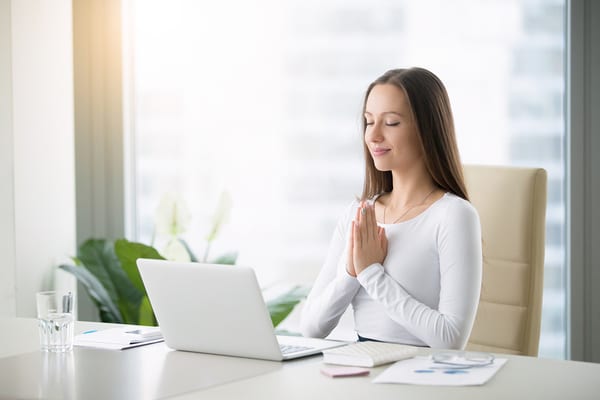Back Pain Got You Down? Try Pilates at Our Gym in Reisterstown!
While Stephen King’s It may fulfill one definition of the word “creepy,” it’s also fiction. In other words, while the book or movie might scare the daylights out of you, neither will actually do you any harm. (We still might steer clear of red balloons tethered to sewer grates.)
However, another embodiment of the word “creepy” is very much real and can have a debilitating impact on your day-to-day life. We’re talking about “creepy” back pain, AKA “back creep.”
Here’s a closer look at the phenomenon, along with the invaluable role Pilates can play in keeping your back strong, healthy, and creep-free.
About Back Creep
“Creep” isn’t a particularly pleasant word in the first place. In fact, it might land somewhere alongside “moist,” “smear,” “phlegm,” “fester,” “bulbous,” and “crusty” on a roundup of the grossest sounding words in the English language.
However, creep takes on even more ominous meaning when applied to human anatomy. According to an article published in the academic journal Clinical Biomechanics, creep refers to “the progressive deformation of bodily structures which occurs when the structures are under a constant load they were not designed to handle.”
Explains New York’s Foundation Pilates: “It might be helpful to think of creep in terms of something like a piece of rubber. If you repeatedly or consistently pull, stretch or hold the piece of rubber tight in ways it was not designed to be held for prolonged periods, the rubber is not happy. It may eventually stretch, become deformed and no longer be able to bounce back into shape. The same thing can happen to structures throughout your body, especially the muscles and tissues in your back.”
The average American spends 13 hours a day sitting and eight hours a day sleeping for a total of 21 sedentary hours a day. Given this sedentary lifestyle,
it is hardly a surprise that society is experiencing a preponderance of chronic health problems, including everything from diabetes and obesity to cardiovascular disease and even higher mortality rates. Too much sitting also leads to creep, along with the back pain which typically accompanies it.
Keeping Creep at Bay
Luckily, creep does not have to be part of your present or future. Indeed, moving your body, from walking to swimming, can help alleviate back pain. Another increasingly popular way more people are avoiding the “curse of the creep” is Pilates.
According to the Mayo Clinic: “Pilates is a method of exercise that consists of low-impact flexibility and muscular strength and endurance movements. Pilates emphasizes proper postural alignment, core strength, and muscle balance. Pilates is named after its creator, Joseph Pilates, who developed the exercises in the 1920s.”
 While many people think of Pilates as the domain of the uber-fit, the reality is that it is not only accessible to beginners but is also one of the best ways to build and boost both core strength and flexibility.
While many people think of Pilates as the domain of the uber-fit, the reality is that it is not only accessible to beginners but is also one of the best ways to build and boost both core strength and flexibility.
When it comes to back creep and lower back pain, Pilates is one of the best methods for proactive prevention. For starters, it strengthens spinal stabilizer muscles in order to alleviate pressure on the lower back. At the same time, it increases abdominal strength, helping to promote both balance and stability. Pilates exercises like bridges, roll downs, and clams can also help activate, engage, stretch, strengthen, and stabilize core muscles.
Proposes Pilates Digest: “Pilates is an excellent modality to combat back pain. The slow pace of the exercises, the emphasis on proper breathing, and the focus on alignment make Pilates a practice that is both therapeutic and strengthening in design.”
Meanwhile, Clinical Pain Advisor concludes: “Pilates may represent an effective therapy for the management of chronic lower back pain (LBP), as it was shown to be associated with improvements in pain intensity, disability and function, deep trunk muscle activation, and kinesiophobia in a study recently published in Complementary Therapies in Medicine.”
According to Dr. Michael Roizen, not only do 65 million Americans suffer from back pain, but back pain is also the second most common reason for a medical visit. The good news, says Roizen, is that nearly 95 percent of all lower back pain can be managed through exercise. The takeaway? Back creep does not have to haunt your life. Sign up for a trial pass today for more workout tips and to learn about how Brick Bodies can help you enjoy a happier, healthier, pain-free life.

